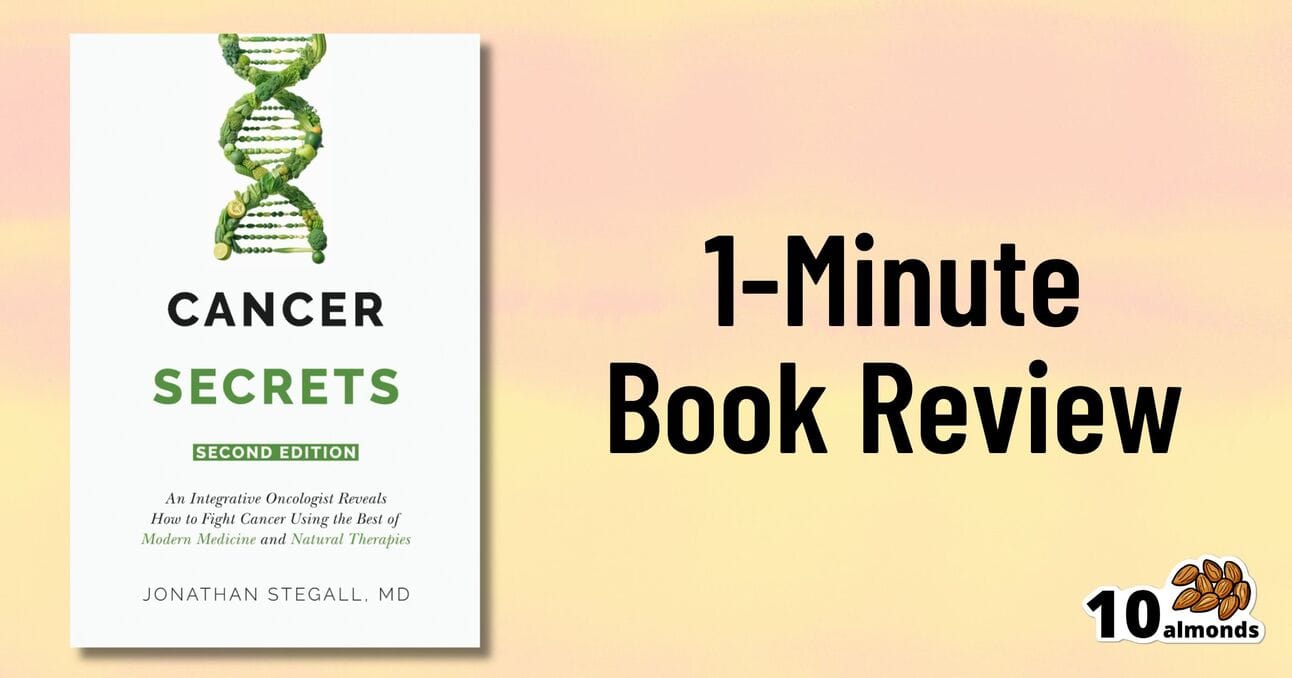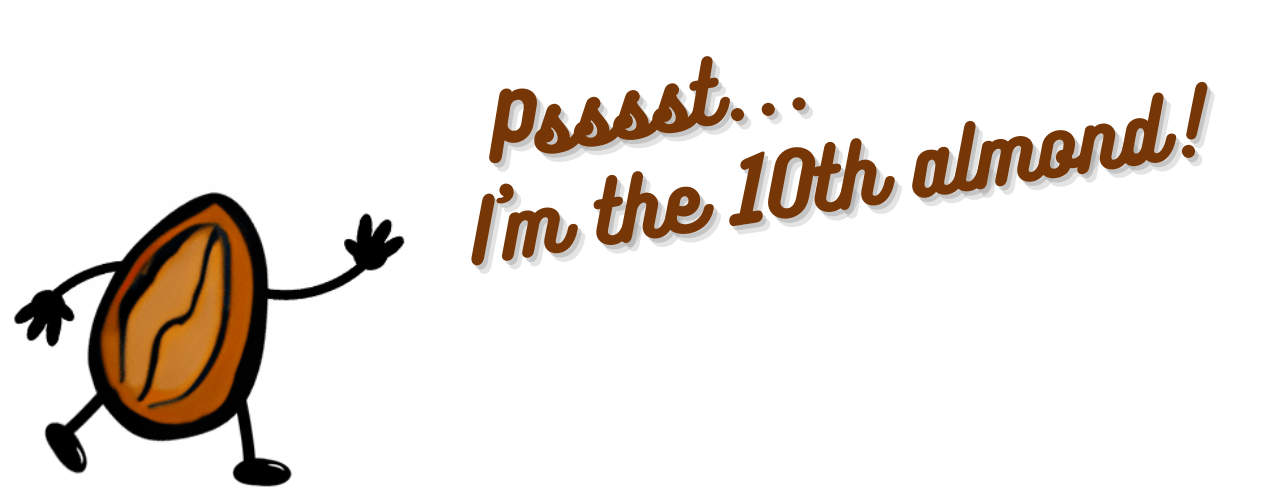Good afternoon 👋
Fun fact: Lactic acid doesn't cause post-exercise muscle soreness, and exercise actually promotes the production of lactate, which opposes the build-up of any acidity in the muscles. A little (moderate!) soreness after exercise is due to physical processes as your muscles recover and adapt.
In today’s email we cover not taking Alzheimer’s sitting down, finding time to exercise when it’s difficult, and an integrative approach to preventing/treating cancer.
If you’ve ever had exercise equipment that is now little more than a very expensive place to hang laundry, today’s sponsor Aviron has built a treadmill that’s designed to keep you coming back. It uses science-backed workouts and game psychology to keep you motivated, and includes on-screen scenic routes, games, and more. Check it out!
Today’s Main Feature
Don’t Take Alzheimer’s Sitting Down
Even if you do exercise daily, a sedentary lifestyle significantly increases Alzheimer’s risk:
Recommended Reading
Staying Abreast
Breast cancer screening is ripe for change. We need to assess a woman’s risk, not just her age:
Make Your Vegetables Work Better Nutritionally
Sometimes, certain nutrients need “unlocking” in various different ways (and conversely, they can be sabotaged in ways it’s best to know about too):
Watch and Learn
If You Don’t Have Time To Work Out…
It’s easy to think “I don’t have time to exercise” and mean it. It’s easy to procrastinate things until that “starting tomorrow” is six months later. After all, exercise can be done tomorrow whereas many other tasks need to be done today.
However, there are still ways we can carve out time for exercise, without sacrificing other things (including sleep etc!).
Here’s how:
Prefer text? The above video will take you to a 10almonds page with a text overview, as well as the video!
Our Sponsors Make This Publication Possible
You don’t need another treadmill collecting dust.
Meet the Aviron Victory Treadmill—designed to keep you consistent and your workouts from collecting dust. With science-backed programming inspired by game design and industry-leading hardware that’s comfortable, powerful, and built to last, the Victory will help you stay on track and actually see results.
Here’s what makes the Victory different:
Science-Backed Workouts: Designed using game psychology to keep you motivated, engaged, and coming back for more day after day.
Endless variety for every fitness goal: Play, train, stream, and compete with the most extensive workout library, all on a stunning 22" HD touchscreen.
A low to the ground, comfortable design: Walk, run, and train with Aviron’s cushioned ultra-low 4” Cloud Stride deck for advanced shock absorption and comfort.
Commercial-quality build and performance: A 3.5 CHP motor, maintenance-free pre-waxed belt, 10-year warranty, and 400 lb capacity deliver unmatched durability and reliability.
Ready to try a workout you won’t want to quit?
Please do visit our sponsors—they help keep 10almonds free
This Or That?
Vote on Which is Healthier
Yesterday we asked you to choose between banana and peach—both excellent options, but we picked the banana (click here to read about why), as did 71% of you!
Now for today’s choice:
Click on whichever you think is better for you!
One-Minute Book Review
Cancer Secrets: An Integrative Oncologist Reveals How to Fight Cancer Using the Best of Modern Medicine and Natural Therapies – by Dr. Jonathan Stegall
The author is, as the subtitle notes, an integrative oncologist, which means he takes what could otherwise be called a holistic approach, but specifically to oncology (as opposed to treating the whole person in all ways, per holistic medicine, he is treating the whole person in the specific context of anticancer medicine—it’s a small but nuanced difference).
How he goes about that is: after covering the necessary basics of what is cancer, what is integrative oncology, diagnostics, and so forth, he looks at treatments available through conventional medicine (chemotherapy and cancer drugs in general, as well as more invasive treatments of various kinds), as well as the role of nutrition in cancer prevention and treatment, and, separately, the role of supplements in same, before getting on to such topics as mind-body medicine, including what can and can’t be done with that. In other words, the critical importance of things like attitude and mental wellbeing, while not counting on just wishing cancer away.
On which note, the author writes as a Christian, and says for example “As a believer, my faith is the greatest of Healers”, which might put off a lot of readers who do not share his views in that regard, especially as he does return frequently the discussion of Christian faith in the context of oncology; he does seem to assume the reader will also be Christian.
The style is—meanderings into Bible study aside—mostly a combination of narrative and explanatory, mid-range pop-science in presentation, little jargon and frequent citations.
Bottom line: if you’d like a many-faceted approach to fighting cancer, and if you’re either a Christian or at least not terribly averse to frequent assumptions of Christianity, then this book can be a good resource for you.
Penny For Your Thoughts?
What did you think of today's newsletter?
Wishing you the very best of health every day, in every way,
The 10almonds Team








